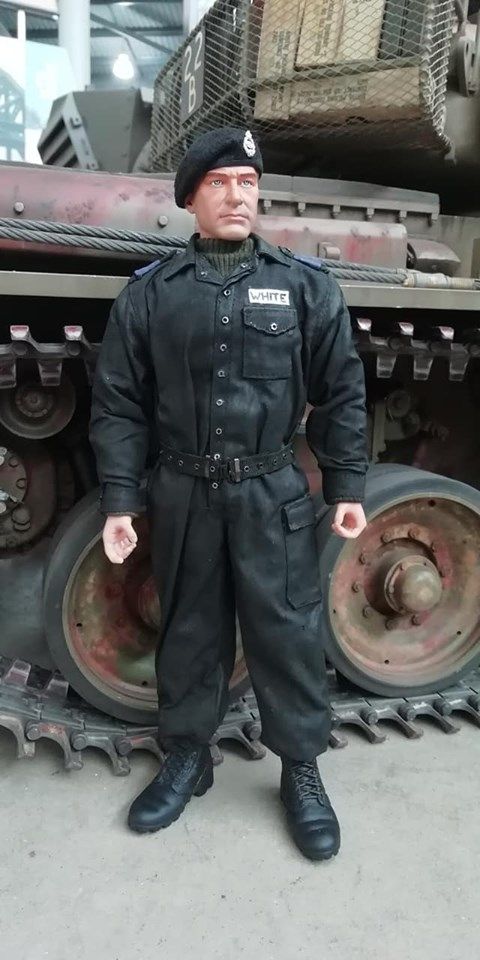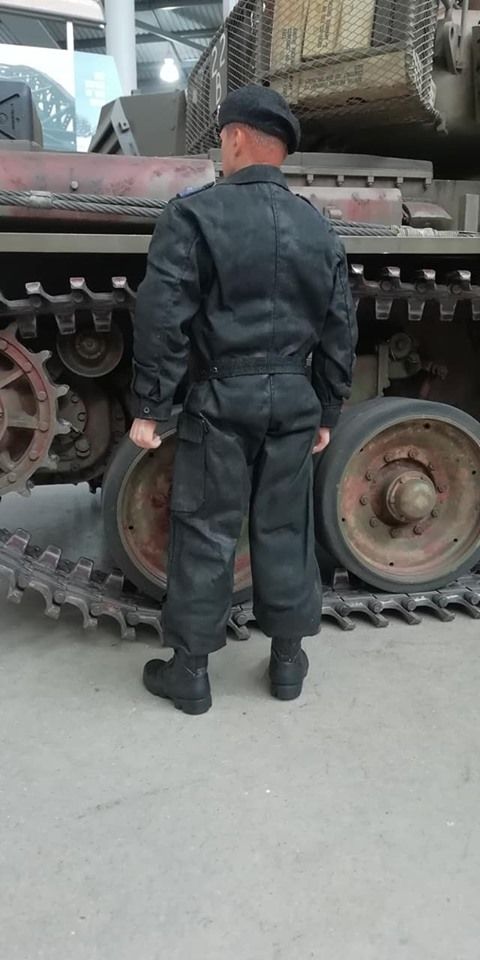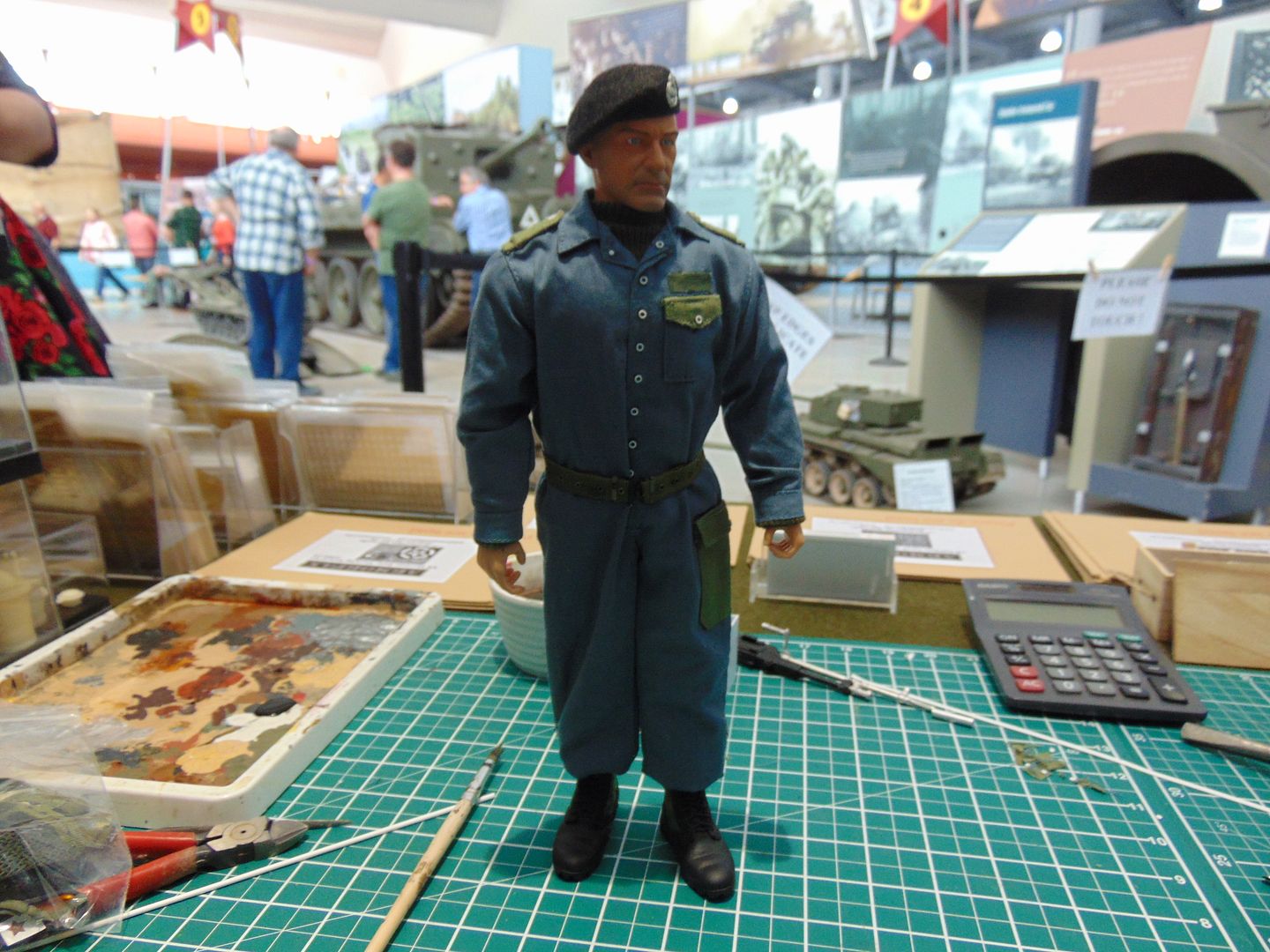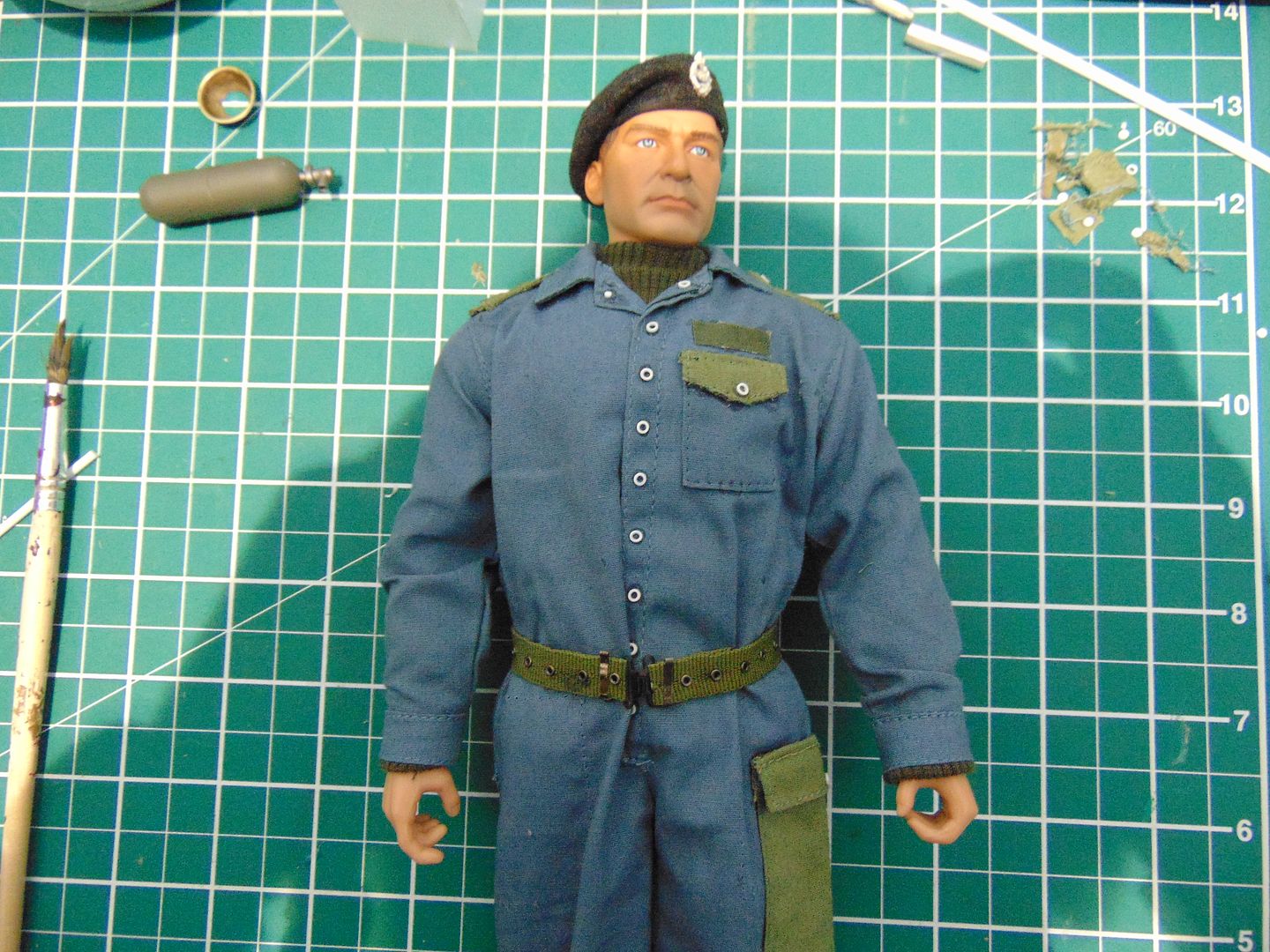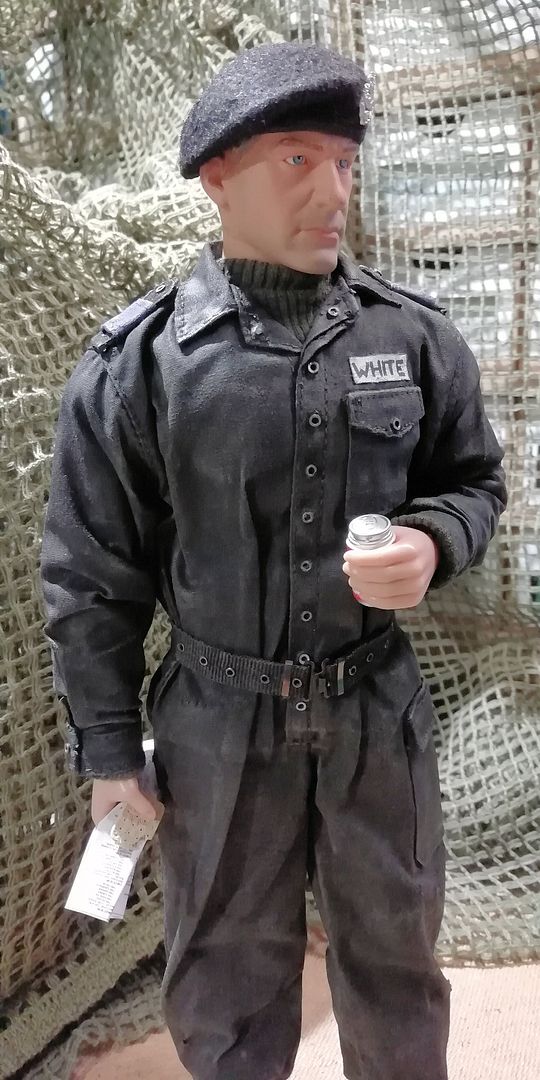Adrian, steady on, can we say 70s/80s? Otherwise you'll need to consult Denny......
WW2 is well served by Dick Taylor's two volume "The Men Inside the Metal" but Cold War is a different matter. I don't know of a single book on British AFV Crewmen Post War but you can find a bit in books like:
https://www.amazon.co.uk/Royal-Armoured ... 1473843758
The rank structure is pretty easy to find:
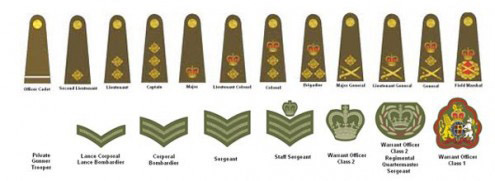
- britishrank.jpg (40.92 KiB) Viewed 7958 times
It hasn't changed in donkey's years. The only crucial fact to note is that since the 1980s, the rank of Field Marshal has become defunct, probably because the Treasury can't afford the FM's batons, not that it was ever going to affect me.
In a three tank troop, you'd expect a corporal (CPL), sergeant (SGT) and second lieutenant/lieutenant (2?Lt/Lt) to be the vehicle commanders. Crewmen could be troopers (Tpr), lance corporals L/CPL or (rarely) CPL. A squadron of four troops and a headquarters (SHQ) is commanded by a major (Maj) with a captain as second in command (2IC). A squadron would also have a warrant officer class 2 (WO2) as the sergeant major and a staff sergeant (SSGT) responsible for resupply (squadron quartermaster sergeant - SQMS). The SSM commanded a light recce vehicle such as Ferret and, amongst other things, was responsible for locating hide positions, harbour and leaguer areas and assisting with route finding, organising replenishment and traffic control. It was normal practice for senior sergeants to be promoted to SSGT to command troops in lieu of an officer and on rare occasions to have a WO2 troop leader.
A tank regiment is commanded by a lieutenant colonel (Lt Col) with a Maj as 2IC and a WO1 as regimental sergeant major (RSM). In addition to the tank squadrons, the regiment would have a command and support squadron (headquarters vehicles, recce troop and in my early days a guided weapons troop) and a logistics squadron (resupply, medical, repair and recovery). The tank squadrons had their own dedicated repair and recovery troop (Light Aid Detachment, REME) and at regimental level, a more substantial workshop LAD.
Armour is best fought in combined arms groupings. The tank squadron is really the basic RAC manoeuvre unit. The squadron was rarely if ever split up but above that level it was (and is) the accepted practice to lose a squadron or two and gain one or more armoured infantry companies, an artillery battery, possibly a signal troop, an armoured engineer troop, additional medics and logisticians and possible a recce helicopter. This process, called "re-grouping", transformed a tank regiment into a combined arms Battle Group, increasing the size dramatically. For example, I commanded a regiment of some seven hundred soldiers in barracks but in the field commanded a battle group of well over a thousand men (and women). In barracks, we had 57 tanks, 8 recce vehicles and a number of APCs. In the field the number of AFVs increased to something approaching 100.
Beyond the regimental level, the Army system is common across the board. As an officer, you become a member of the General Staff as a full colonel and beyond and there is less emphasis on your original specialism. Brigades are predictably commanded by brigadiers, divisions and above by generals. In the US Army, confusingly, brigadiers are known as "brigadier-general", hence being entitled to be called "general". We used to do that in the British Army until the 1920s. I always enjoyed going to the USA......
So, if there isn't a book, I hope that's made it as clear as mud. I won't discuss why some regiments consist of several regiments and why some regiments have squadrons and others have companies or batteries or any of the other utterly illogical terminology the British Army so enjoys.

